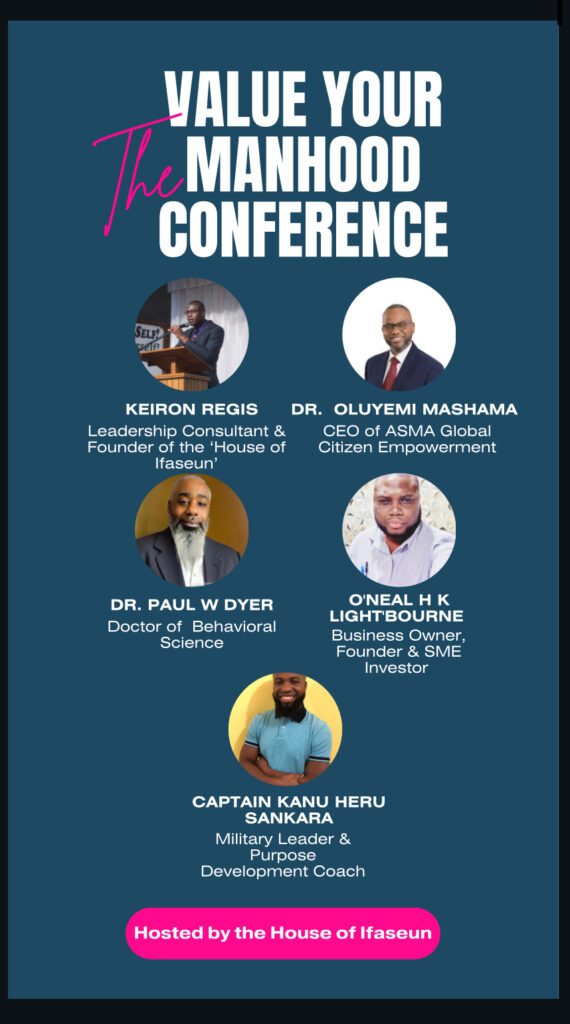
There are significant challenges we face as individuals and societies, but we cannot rise to them if we are paralyzed by fear and hopelessness. We cannot brainstorm solutions if our minds are clouded with negative emotions. When the mind is caged, it allows the heart to easily distort our relationships with people, things, and ideas. There is a natural pull to the expediency of compulsion.
“inCity Magazine celebrates the kaleidoscope of perspectives in each article. The views expressed herein are the unique brushstrokes of our guest writers, painting the canvas of their thoughts. These ideas, like stars in a constellation, shine independently and do not necessarily align with the orbit of inCity Magazine or its advertisers. This is to explores…
There are conditions and biases that your mind will not let you recognize or resolve with training or practicing.
At the core of motivation lies a network of neural pathways in the brain that regulate our behavior and drive us towards our goals. The mesolimbic dopamine system, often referred to as the brain’s reward pathway, plays a vital role in motivation.
We often find ourselves in situations that are unclear and ambiguous, and the path forward is often shrouded in uncertainty and doubt. It is during these times of challenge and confusion that our true character is tested, and our ability to persevere and thrive is put to the ultimate test. To navigate such murky waters successfully, one must harness the power of a motivational matrix—a framework that combines resilience, adaptability, positive mindset, and strategic planning to overcome obstacles and achieve success.
Motivation is a driving force that propels individuals towards their goals, ambitions, and desires. However, for some individuals, this intrinsic drive may become impaired, leading to what is known as a motivational disruption. These disruptions can manifest in various forms, affecting an individual’s ability to initiate, sustain, or direct their behavior towards achieving their goals.
When new hit a barrier we seek fault in the factors of our experiences, but the concepts of causation and correlation are fundamental to the field of statistics and scientific research. While the terms are used interchangeably in everyday language, they have distinct meanings in the context of data analysis and research. Understanding the difference between causation and correlation is crucial for drawing accurate conclusions from data and avoiding common misconceptions.
Emotions also play a significant role in shaping our motivation. Positive emotions, such as joy, excitement, and pride, can enhance motivation by reinforcing our behavior and increasing our engagement in goal-directed activities. Conversely, negative emotions, such as fear, anxiety, or frustration, can undermine motivation and hinder our ability to achieve our goals. Understanding and managing our emotions is essential for maintaining a healthy level of motivation and resilience in the face of challenges. Adaptability is another key component of the motivational matrix, enabling individuals to adjust their course when faced with unexpected twists and turns. In uncertain situations, the ability to think on one’s feet and pivot quickly can mean the difference between success and failure. By remaining open to new possibilities and willing to explore alternative paths, individuals can adapt to changing circumstances and seize opportunities that may have otherwise gone unnoticed.
A positive mindset is a powerful force within the motivational matrix, shaping our perceptions and fueling our actions in the face of uncertainty. Motivation can be categorized into two types: intrinsic and extrinsic. Intrinsic motivation stems from internal drives, such as personal interests, values, and enjoyment derived from an activity. This type of motivation is often associated with creativity, curiosity, and a sense of fulfillment. On the other hand, extrinsic motivation arises from external factors, such as rewards, recognition, or social approval. While extrinsic motivation can be effective in the short term, intrinsic motivation is considered more sustainable and fulfilling. The brain science of motivation offers valuable insights into the inner workings of the human mind and the intricate mechanisms that drive our behavior. By unraveling the mysteries behind motivation, we can unlock our full potential, achieve our goals, and lead fulfilling lives.
In life, we often encounter times when motivation seems to elude us.
I have in my recent days lack motivation because of my physical and emotional sickness. I have hope and the hope of love. This is where I too have learned to ask for help and receive the love given. Life can feel overwhelmed by the challenges we face, leading us to believe that our lack of motivation is a sign of weakness or even a disorder. However, it is important to recognize that not being motivated is not a sickness or a disorder; rather, it is a natural part of the human experience. These experiences have factors, just as failing and winning are inevitable aspects of life, so is the ebb and flow of motivation.

When we find ourselves in a place where motivation is lacking, it is crucial to remember the power of hope and belief. Hope is the beacon that guides us through the darkest of times, reminding us that better days lie ahead. It is the unwavering belief that despite our current circumstances, there is light at the end of the tunnel. Without hope, we are adrift in a sea of uncertainty, unable to see a path forward.
In moments of doubt and despair, it can be tempting to give in to the belief that we are destined to fail. However, it is important to remember that failure is not a reflection of our worth or abilities; rather, it is a steppingstone on the path to success. Without failure, we would never learn, grow, or evolve into the best versions of ourselves.
Written by: Dr. Paul W Dyer

Only choose When you have
the information not just the
emotions


